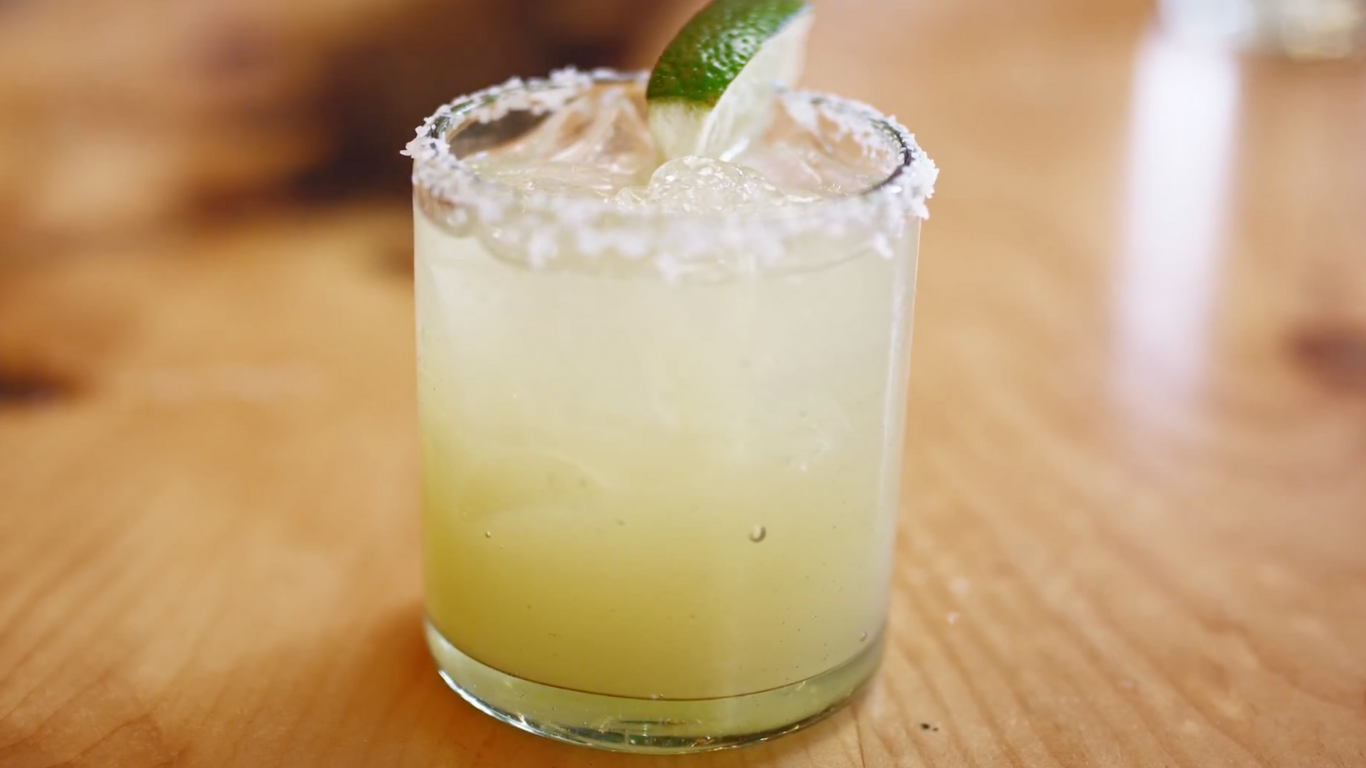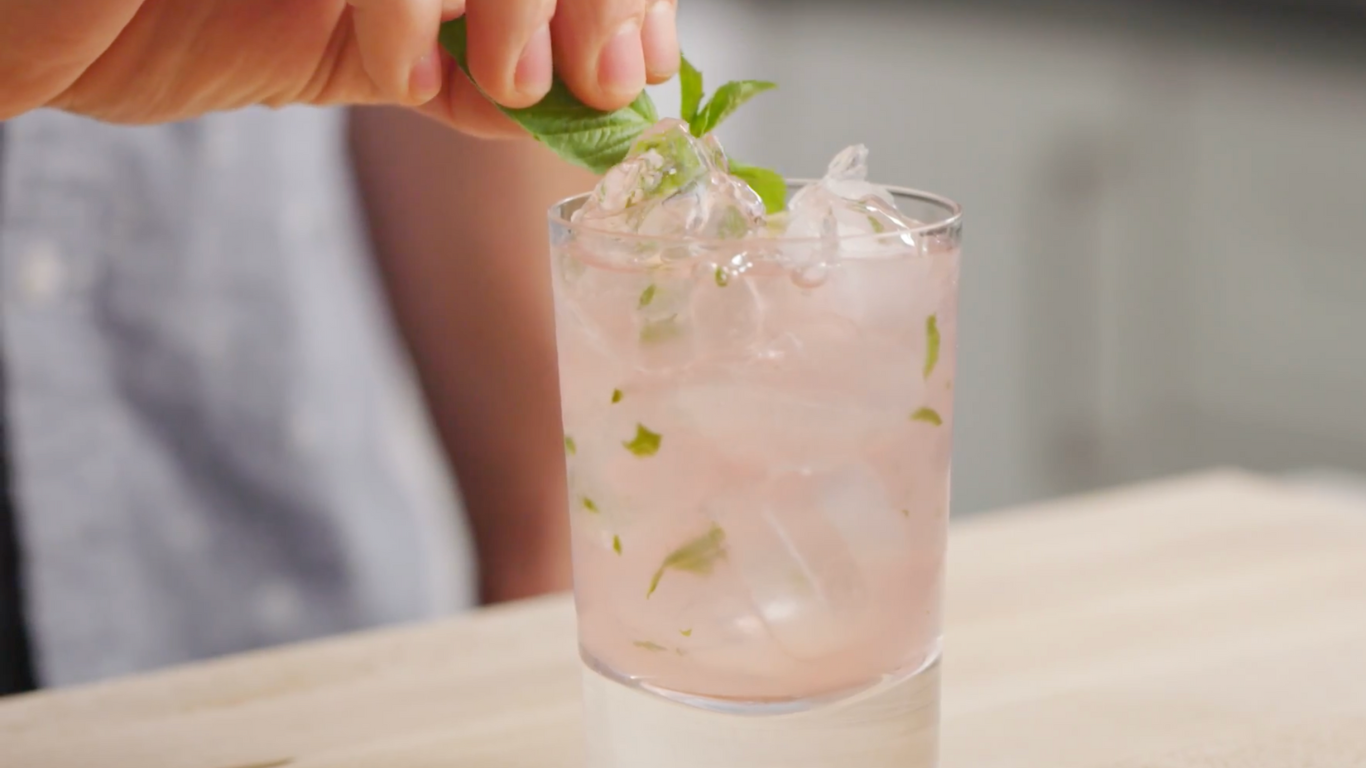The Secret to How Tequila Is Made (And Why We’ll Never Stop Talking About It)
We’ve all had that moment: someone passes you a shot of tequila at a party, lime wedge and salt on standby, and suddenly the room splits into two teams — who make a face like they just bit into a raw limón and swear, “Never again,” and the ones who smile like they’ve just been handed liquid sunshine. We proudly belong to the second group.
For us, tequila isn’t just a drink — it’s heritage, humor, and a very good excuse to gather people. It’s the soundtrack to weddings, graduations, backyard carne asadas, and, yes, even those questionable karaoke nights when someone thinks they’re Luis Miguel. Tequila has crossed borders and made itself at home on every bar shelf in the world, but its roots run deep in Jalisco soil. And the question we always get from friends is: how is tequila made? Like, how does a spiky desert plant turn into the smooth (or fiery) spirit we love? That’s the secret we’re about to spill — no salt or lime required.
A Quick History Lesson (Without the Boring Bits)
Long before tequila shots were ruining brunch plans, ancient civilizations in Mexico were already onto something genius. The Aztecs made a fermented agave drink called pulque — basically the abuelito of tequila. Fast forward to the 1600s, Spanish colonizers showed up with distillation tech, and boom: tequila was born in (you guessed it) the town of Tequila, Jalisco.
Over the centuries, tequila went from a local spirit to a symbol of Mexican pride: it’s as iconic as Vicente Fernández holding a high note or Juan Gabriel dazzling an arena. And today? It’s everywhere — from rooftop bars in New York to tiny mezcalerías in Guadalajara. This spirit isn’t just global; it’s the Lucha Libre of drinks — dramatic, versatile, and instantly recognizable no matter where you are.

How Is Tequila Made? Step Into the Magic
Okay, so let’s get into the process. How is tequila made? Spoiler: it’s not just plants turning into alcohol. It’s tradition, craftsmanship, and a little bit of science mixed with patience (and maybe sweat from a few jimadores).
- Growing the Blue Agave
Picture this: fields of blue agave stretching to the horizon, all spiky and dramatic like nature’s version of punk rock hair. These plants take about seven years to mature — which means the tequila you sip tonight started its journey back when you were still obsessed with Snapchat. - Harvesting the Piña
Jimadores (the farmers, aka heroes) strip away the leaves with sharp blades, leaving behind the heart of the agave, called the piña. It looks like a giant pineapple, but instead of going on pizza (fight us later), it’s destined for greatness in your glass. - Cooking the Agave
The piñas are baked in stone ovens or modern steamers. Think of this step as roasting marshmallows: it unlocks the sweetness. When done right, the agave becomes soft, caramelized, and smells like dessert — basically irresistible. - Juice Extraction
After cooking, the piñas are crushed to squeeze out the sweet juice. Imagine wringing out a giant plant sponge, except what comes out isn’t water, it’s liquid gold. - Fermentation
Now the magic trick: yeast converts sugar into alcohol. The length and style of fermentation can change the flavors — some fruity, some earthy, all delicious. We like to imagine little yeast cells throwing a rave in there, dancing until sugar turns into booze. - Distillation
The fermented juice is distilled (usually twice) to refine it. This is where tequila gets its clean kick. Distillation is like editing your selfies: removing the noise, keeping only the sharp, polished essence. - Aging (or Not)
- Blanco: bottled straight away, bright and bold.
- Reposado: chilled in oak barrels for a few months to mellow out, like that friend who studied abroad and came back “cultured.”
- Añejo: aged a year or more, smooth and complex, basically the old soul of the family.
- Extra Añejo: aged three+ years, a full-on luxury experience, like sipping history.

Why Tequilas Don’t All Taste the Same
Here’s where things get spicy (literally sometimes). Even though how tequila is made follows the same steps, the end result varies:
- Where it’s grown: Highland agaves taste sweeter, lowland ones can be earthier and peppery.
- How it’s cooked: Stone ovens bring out deeper flavors; modern autoclaves are quicker but different.
- Barrel life: New oak, old oak, barrels that once held whiskey — all these leave their fingerprints on the tequila.
That’s why no two bottles taste alike, and why we keep “accidentally” buying more. Research, right?
Pro Tips for Buying Tequila
We’ve all been at the liquor store, staring at rows of fancy bottles wondering which one won’t betray us. Here’s our cheat sheet:
- Look for 100% Agave on the label. If it doesn’t say it, it’s a “mixto,” which means fillers — and you deserve better.
- Check the NOM number (that’s like tequila’s DNA code). It tells you which distillery made it. Find one you like? Stick with it.
- Don’t assume older = better. Sometimes a crisp blanco is exactly what you need for cocktails.
Recipes We Can’t Shut Up About
Tequila deserves to be more than just a quick shot. Here are three cocktails that show off its playful side (and yours).
🍹 Guavalajara
Tequila blanco, guava syrup, lemon juice, basil, and orange bitters. Fruity, flirty, perfect for when you’re trying to impress someone who claims they “don’t like tequila.”
🥑 Spicy Avocado Margarita
Creamy avocado, jalapeño heat, citrus, and tequila. It’s the type of cocktail that says, “Yes, I eat clean, but also I like to party.”
🍸 Doña Margarita
Classic, simple, timeless. Tequila blanco, lime, Cointreau, agave syrup. It’s like the little black dress of cocktails.
The Real Secret
So, how is tequila made? With time, patience, and a whole lot of tradition. From the jimadores slicing agave in the fields to the distillers fine-tuning flavors, every bottle is basically a love letter to Mexico.
And when we share tequila — with friends, with family, with curious non-Latinos who think it’s just for shots — we’re sharing a piece of that history. That’s the secret: it’s not just a drink. It’s culture, community, and craft, all in one glass.
So next time someone asks if you want tequila, don’t just nod. Tell them the story. Then raise your glass and say the only word that really matters:
¡Salud!
